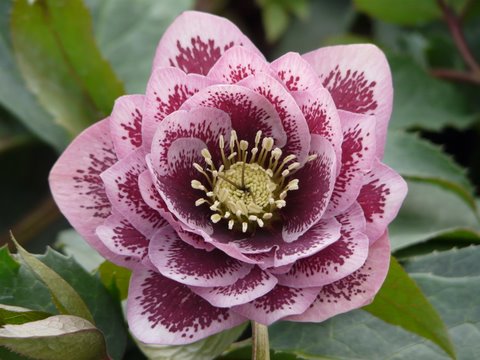Ode to a water lily
/Yellow water lilies glowing in the afternoon sun seem lit from within.
Ode to a Water Lily
If you have forgotten water lilies floating
On a dark lake among mountains in the afternoon shade,
If you have forgotten their wet, sleepy fragrance,
Then you can return and not be afraid.
But if you remember, then turn away forever
To the plains and the prairies where pools are far apart,
There you will not come at dusk on closing water lilies,
And the shadow of mountains will not fall on your heart.
Sara Teasdale
Nothing stirs my soul more than a flotilla of incandescent water lilies illuminated by the late afternoon sun. Although water lilies have been grown and cultivated for thousands of years, I treasure the unexpected sight of them growing wild in a lake, like a shot silk gift from a higher power. The sight of such ethereal beauty is both uplifting and heartbreaking.
Twin visions of loveliness: wild mauve water lilies float on a pond.
Even the name of the botanical family to which water lilies belong inspires flights of fancy -- Nymphaeaceae. Many species of water lilies have rounded, notched, waxy-coated leaves on long stalks filled with air pockets that allow them to float. The stalks arise from thick, fleshy, creeping underwater stems anchored in the mud. Each fragrant flower floats or is carried above the water’s surface, its perfume wafting in the breeze.
The genus Nymphaea makes up the water lilies proper, with 46 species, including the common North American white lily Nymphaea odorata.
More water lily trivia:
Flowers of most species have many overlapping petals and a bright yellow centerpiece of glowing stamens (male reproductive structures). Some flowers open only in the morning or in the evening to attract insect pollinators and have nut-like or berry-like fruit. Some fruits ripen underwater until they rupture or decay, and the seeds then float away or sink. Some water lilies also have submerged leaves. All members of the family are perennial except for the genus Euryale, an annual or short-lived perennial found only in Asia.
The genus Nuphar, with about 10 species distributed throughout the Northern Hemisphere, includes the common yellow water lily. The yellow water lily has submerged leaves that are thin and translucent and leathery floating leaves.
The largest water lilies are those of the tropical South American genus Victoria, comprising two species of giant water lilies. The leaf margins of the Amazon have upturned edges, giving each thickly veined leaf the appearance of a platter up to 6 feet across and accounting for its common name, water platter.











